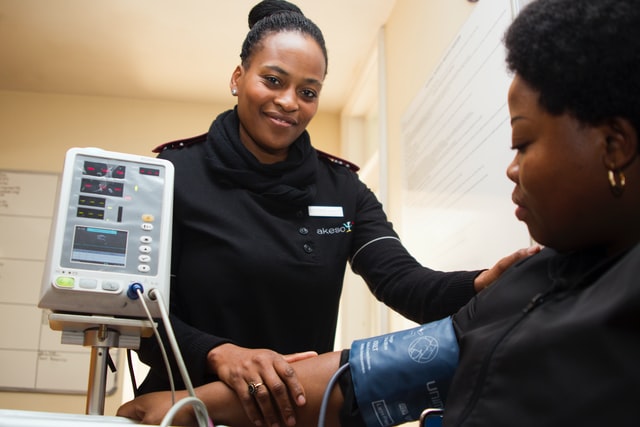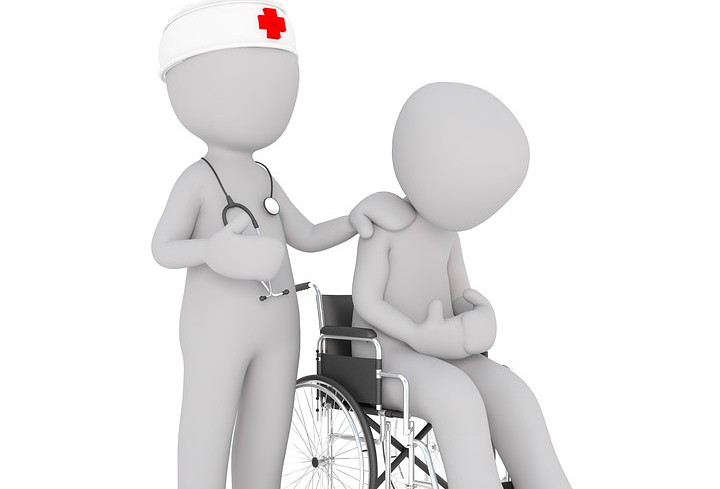
There is no doubt that in recent years the turnover rate among health care providers has increased significantly. According to the Voluntary Hospitals for America’s Workforce Stability Study, the average turnover rate is 20 percent, which will ultimately cost a health care facility $5.5 million a year in replacement costs, with nurses representing the single largest labor expense for hospitals. What is causing such a high turnover rate and how does it affect patient care? This article will look into these factors as well as consider how applying more Whole Health Education could mean happier nurses, who stay long term.
Dr. Abraham Maslow identified five levels inherent to human need, motivation and drive. Maslow taught us that aside from basic survival and safety needs, we have a deep innate drive to belong, to have self-esteem and experience self-actualization. Like all human beings, health care provider needs, as identified by Maslow, must be met. However, faced with the daily grind of working in an environment that does not allow for the essential relationship-centered interactions and compassionate caring that is necessary for work satisfaction and self-esteem, the workplace can become detrimental emotionally and even spiritually. This can happen in work environments where the emphasis is on a medical model of care rather than a nursing model of care giving. Often, this is remedied through employer-sponsored educational, training or staff-development opportunities. But as budget cutting becomes prevalent, those are increasingly not available and providers are faced with caring for more patients with fewer resources in a high-speed, immensely stressful health care environment.
Numerous studies have shown the direct correlation between care provider satisfaction and patient satisfaction.
According to Press Ganey & Associates, which analyzed summary data from 33 U.S. hospitals in October 2003, “there is an almost perfect correlation between hospital employee satisfaction and patient satisfaction.” According to the Journal of the American Medical Association, more nurses at the bedside could save thousands of patient lives each year. Patients who have common surgeries in hospitals with low nurse-to-patient ratios have an up to 31 percent increased chance of dying. Patients and providers alike have the same need for relationships and for being valued.
Providers are suffering as equally as their patients are from the lack of time to connect and build respectful, meaningful relationships with one another. The result of this breakdown of relationship building is expressed through the staggering turnover rates and attrition seen across the country, most especially in the field of nursing. Whether the care provider spends 60 seconds, three minutes or an hour with a patient, the presence, focus and mindful intention he or she brings to that interaction becomes the foundation from which all future interactions evolve.
It is only with new models of Whole Health Education and that teach health care professionals to treat whole people, rather than just diseases, and to form relationships with their patients can we begin to improve patient care and reduce costs for all. Health care organizations today are increasingly tasked with reducing costs. Educational programs and staff-retention initiatives are among the first items to be cut. But given the overall picture and the high cost of recruiting new employees, holistic medicine education and retention should be a high priority.
For more whole health discussions like this, listen to my weekly radio show Living Above The Drama available on iHeartRadio.

 Given the way the health sciences have been taught in nursing and medical schools, it is perfectly understandable for physicians and nurses trained more than 25 years ago to think the placebo effect didn’t make sense and was perhaps a popular explanation for sudden healing – or a “spontaneous remission.” It is a leap for many to understand how a person think or believe something and that simple act of belief could heal them. That’s why the
Given the way the health sciences have been taught in nursing and medical schools, it is perfectly understandable for physicians and nurses trained more than 25 years ago to think the placebo effect didn’t make sense and was perhaps a popular explanation for sudden healing – or a “spontaneous remission.” It is a leap for many to understand how a person think or believe something and that simple act of belief could heal them. That’s why the 







